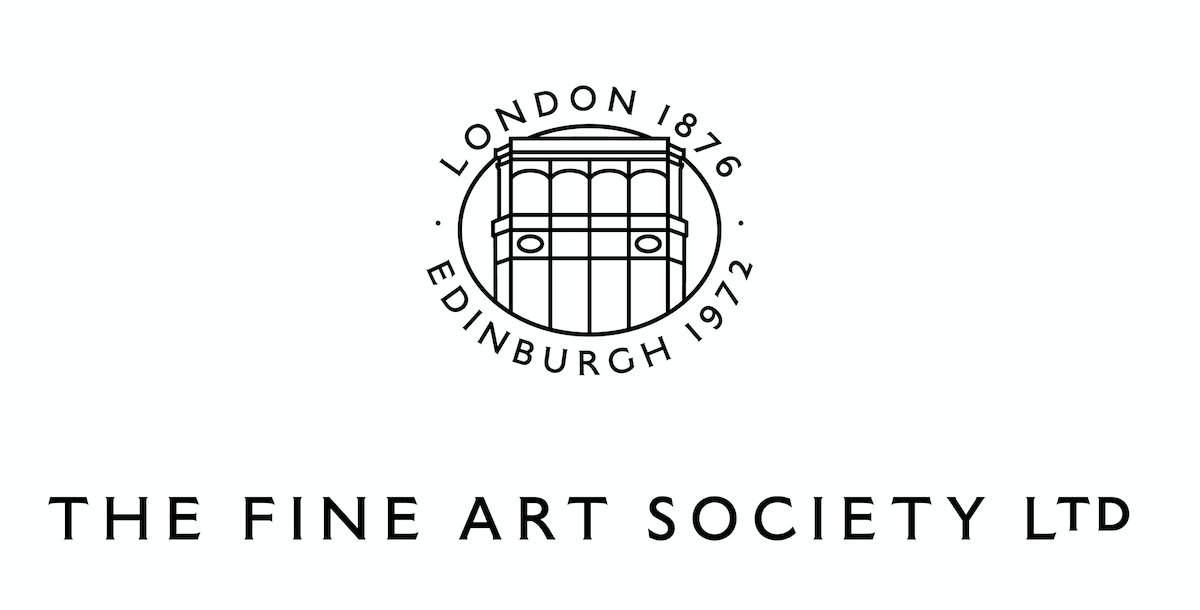QUEERING COUPLES
- by diana souhami
-
the acclaimed writer, diana souhami, explores some of the many extraordinary lives of the women who helped shape modernism.
-
-
-
-
We would like to express our gratitude to Diana Souhami for writing this article for us. Souhami is the author of many widely acclaimed books and biographies including Gluck (1988), Gertrude and Alice (1991), The Trials of Radclyffe Hall (1998), Mrs Keppel and Her Daughter (1996), and Natalie and Romaine (2004). Her latest book, No Modernism Without Lesbians is published by Head of Zeus and is available from all good bookshops, small and large.
-
CLICK HERE TO SIGN UP TO RECEIVE THE FINE ART SOCIETY'S JOURNAL







